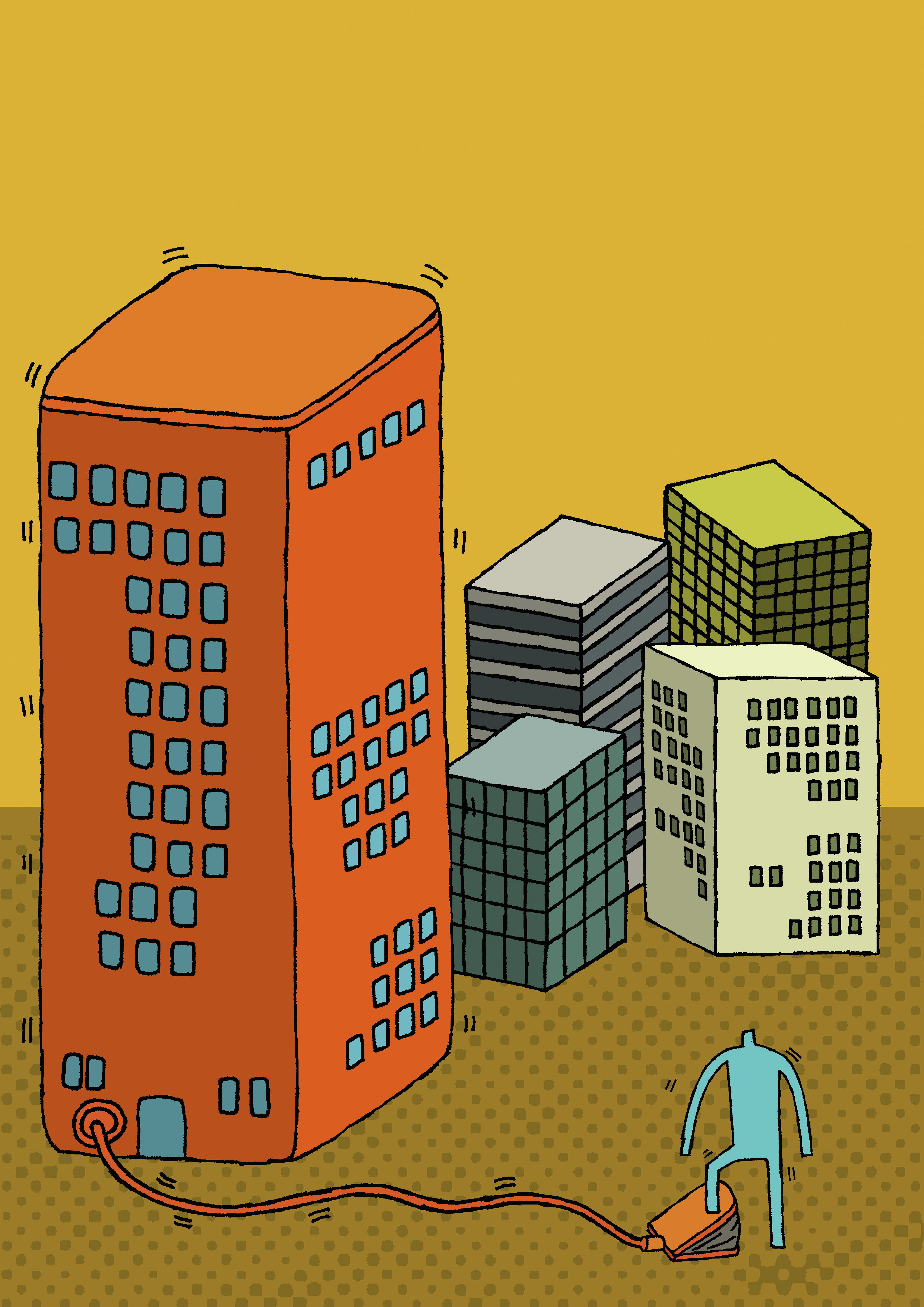Can Silicon Valley help expand the middle class?
A coalition of unions and activists hopes to turn Silicon Valley into a model for the national fight against inequality


In many ways, Silicon Valley is a microcosm for the rise of American inequality and the hourglass economy. But last week, it also became the arena for a new effort by labor and workers' groups to push the industry and the country towards an alternative future.
Santa Clara Valley, which the tech industry calls home, is a study in contrasts. Santa Clara and San Mateo counties boast median incomes of $91,702 and $88,202, respectively — well above California's $61,094 and the nation's $53,046 — and the valley was one of the first regions to emerge from the recession.
At the same time, both counties have higher levels of income inequality than either California or the U.S., as does the rest of the Bay Area. Over one-third of Bay Area workers — about 1.1 million people — make $18 an hour or less, a threshold that just barely clears what both parents in a four-person household would need to make to cover basic expenses in the region. The majority of those 1.1 million make $12 or less.
The Week
Escape your echo chamber. Get the facts behind the news, plus analysis from multiple perspectives.

Sign up for The Week's Free Newsletters
From our morning news briefing to a weekly Good News Newsletter, get the best of The Week delivered directly to your inbox.
From our morning news briefing to a weekly Good News Newsletter, get the best of The Week delivered directly to your inbox.
"The benefits of that growth are not being seen by almost a third of workers," said Derecka Mehrens, the executive director of Working Partnerships USA. So last week, her group, along with the AFL-CIO and a host of other labor, activist and social justice groups, kicked off Silicon Valley Rising, a coordinated effort to bring the tech industry to the table, and together remake the regional economy.
The campaign got its start in 2012 with a successful push to raise the minimum wage in the City of San Jose, in Santa Clara County. That was followed by a successful 2013 campaign to convince the county to adopt a living wage, both for the 17,000 workers it employs directly and the workers it employs through various contractors, through whom the city procures about $2.5 billion in goods and services each year.
It's the same in the tech industry. From security guards, to cafeteria workers, to bus drivers and more, Google, Facebook, and the other big players are responsible for an enormous amount of hiring through contractors, which is where those aforementioned 1.1 million low-wage Silicon Valley workers come in.
"For every tech job created, there are four jobs created down the supply chain in the region," Mehrens said. "We don’t want the tech industry to go anywhere. It's a job producer."
A free daily email with the biggest news stories of the day – and the best features from TheWeek.com
But as with the city of San Jose, Silicon Valley Rising aims to convince the tech companies to adopt a procurement standard, which would require all the contractors they work with to provide their workers with living-wage, high-quality jobs. And this time, the standard won’t stop with wages. "Really a quality job is a package that’s much broader than just your hourly rate," Mehrens added.
Many of those workers in the region's lower third are involuntarily part-time (they’d like to be full-time but the opportunity isn’t available) so even if they earn $18 an hour, it doesn’t add up to a living wage. Nor can they build up much paid sick time. Many get no health care coverage or other benefits through their jobs. And many face just-in-time scheduling, making it nearly impossible to predict their schedule more than a week in advance, and thus nearly impossible to hold down a second job to bring in more income.
The other elephant in the room is housing. Rents in San Jose shot up 11 percent in 2014. But wages did not. Housing regulations and zoning restrictions — a perennial villain in wonkier circles — surely play a role in restricting the supply of housing and driving up costs. But construction is booming for high-end housing, and all by itself Google spent roughly a billion dollars on office and commercial property last year.
"When you have these tech companies paying cash for that much property," Mehrens said, "guess what happens? It drives up the costs."
So the campaign is pressuring the industry to work with them to develop better housing policy and solutions. Revenue from state agencies to subsidize affordable housing has dried up, and billions will be needed to meet the needs of the region's lower-income workers. "The region is projected to grow by another two million people over the next 30 years," Mehrens said. "We have to build houses for them and we have to get them jobs."
Right now, the future of everyday workers in Silicon Valley is not encouraging. Government projections for 2020 put the majority of job growth in the low-end, under-$18-an-hour spectrum, and in the high-end spectrum of over $30 an hour, with little in between. "The region is only projected to produce about 300,000 middle wage jobs in the next ten years," Mehrens pointed out. "1.1 million workers don’t fit into 300,000 jobs."
"That includes replacement jobs, that includes people entering the workforce, that’s everything."
Silicon Valley Rising thinks the tech industry should be concerned about this on a purely self-interested level: if high-end jobs are growing, but mid-level jobs are not, that’s a growing supply of high-end goods and services with fewer middle-class consumers to buy them.
That mismatch is mirrored at the national level. Bureau of Labor Statistics numbers show that 69 percent of current jobs require a high school diploma or less, and that situation won't change by 2020. Also by that year, three-fourths of jobs created due to growth and replacement needs will pay a median wage of $35,000 or less, and the low-wage sectors of services, food, sales and administrative support will make outsized contributions to job growth.
In short, left to their current paths, both the Silicon Valley economy and the national economy simply won't produce nearly enough middle-class jobs for low-paid workers to move into.
Which means forces outside the market — like the labor movements, unions, industry and activists coalitions, and policy demands represented by Silicon Valley Rising — are going to have to take the jobs the market will generate, and make them middle class.
Jeff Spross was the economics and business correspondent at TheWeek.com. He was previously a reporter at ThinkProgress.



